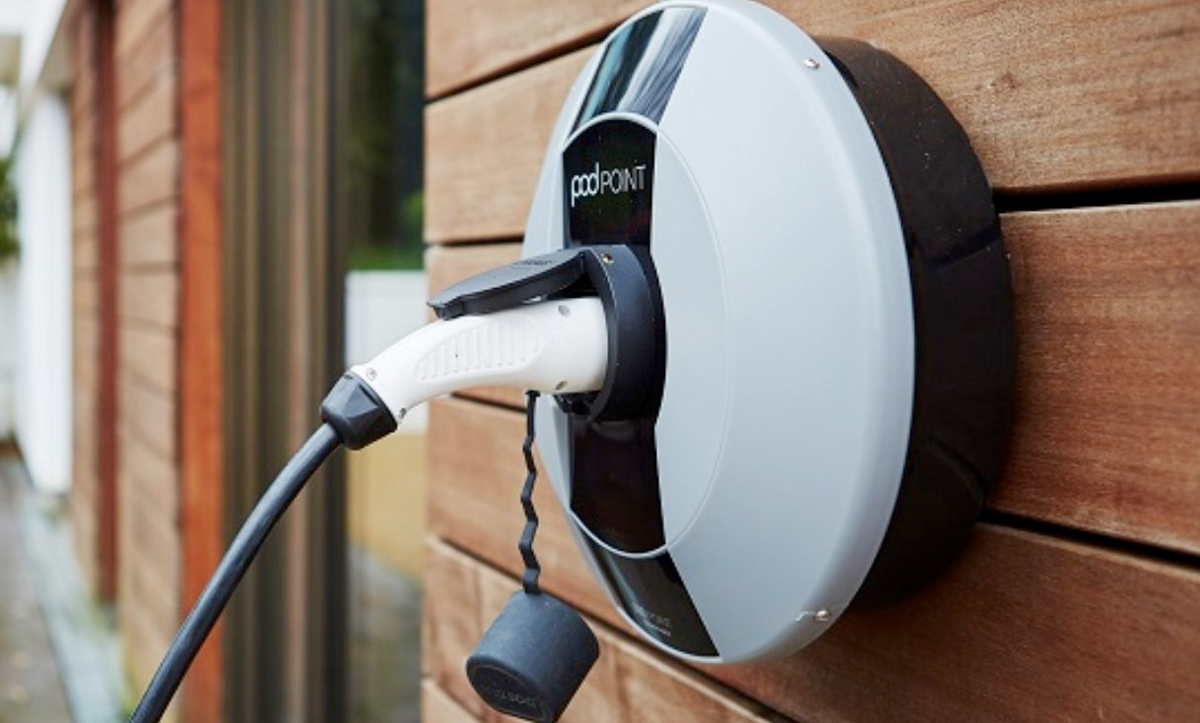Powering Your Electric Future: A Comprehensive Guide to Home EV Chargers
The electric vehicle (EV) revolution is upon us, and as more drivers make the switch, the need for convenient and efficient home charging solutions becomes paramount. While public charging infrastructure is expanding, the ability to “refuel” your EV overnight in the comfort of your own garage or driveway offers unparalleled convenience. This comprehensive guide will navigate the world of home EV chargers, covering everything you need to know to make an informed decision and power your electric future.
Understanding the Basics: Levels of EV Charging
Before diving into specific charger types, it’s essential to understand the different levels of EV charging:
Level 1 Charging: The Slow and Steady Approach

Level 1 charging utilizes a standard 120-volt household outlet. It’s the simplest and most accessible option, as no additional equipment is required beyond the charging cable that typically comes with your EV.
Level 2 Charging: The Sweet Spot for Home Charging
Level 2 charging uses a 240-volt circuit, similar to those used for electric dryers or ovens. This significantly increases charging speed, providing tens of miles of range per hour.
DC Fast Charging (Level 3): Rapid Refueling, Primarily for Public Use
DC fast charging, also known as Level 3 charging, delivers high-power direct current (DC) directly to the EV’s battery, enabling rapid charging.
Choosing the Right Level 2 Charger for Your Home

When selecting a Level 2 charger, several factors come into play:
Charging Speed (Amperage)
Level 2 chargers are available in various amperage ratings, typically ranging from 16 to 80 amps. Higher amperage chargers deliver faster charging speeds.
Plug Type
The most common plug type for Level 2 charging in North America is the SAE J1772 connector. Most EVs sold in this region are compatible with this standard.
Smart Features
Many Level 2 chargers offer smart features, such as Wi-Fi connectivity, mobile app control, and scheduling capabilities.
Cord Length

Consider the distance between your electrical panel and your EV’s charging port when selecting a charger.
Indoor/Outdoor Rating
If you plan to install your charger outdoors, ensure it has a NEMA (National Electrical Manufacturers Association) rating suitable for outdoor use.
Safety Certifications
Look for chargers that are UL (Underwriters Laboratories) certified, indicating they meet safety standards.
Cost and Warranty
Level 2 chargers range in price depending on their features and amperage rating.
Installation Considerations: Hiring a Qualified Electrician
Proper installation of a Level 2 charger is crucial for safety and optimal performance. It’s highly recommended to hire a qualified electrician for the job.
Electrical Panel Capacity
Ensure your electrical panel has sufficient capacity to accommodate the additional load of a Level 2 charger.
Dedicated Circuit
A dedicated 240-volt circuit is required for Level 2 charging. This circuit should not be shared with other appliances.
Permits and Inspections
Depending on your local regulations, you may need to obtain permits and inspections for the installation of your EV charger.
Wiring and Conduit
The electrician will install the necessary wiring and conduit to connect the charger to your electrical panel.
Mounting Location
Choose a convenient and accessible location for your charger, close to your EV’s charging port.
Maximizing Your Home Charging Experience
To get the most out of your home EV charging setup:
Take Advantage of Off-Peak Charging
Many utility companies offer time-of-use (TOU) rates, which charge lower prices for electricity during off-peak hours.
Monitor Your Charging Usage
Use a smart charger or a dedicated energy monitoring device to track your EV charging usage.
Keep Your Charger Maintained
Regularly inspect your charger and charging cable for any signs of damage.
Consider Solar Power
If you have solar panels, you can use them to power your EV charging, further reducing your carbon footprint and electricity costs.
Future-Proof Your Installation
Consider installing a higher-amperage circuit than you currently need, in case you upgrade to an EV with a faster charging rate in the future.
Conclusion
Home EV charging offers unparalleled convenience and flexibility for electric vehicle owners. By understanding the different levels of charging, selecting the right Level 2 charger for your needs, and ensuring proper installation, you can power your electric future with confidence. As the EV revolution continues to accelerate, a reliable home charging solution is an essential investment for any EV driver.
